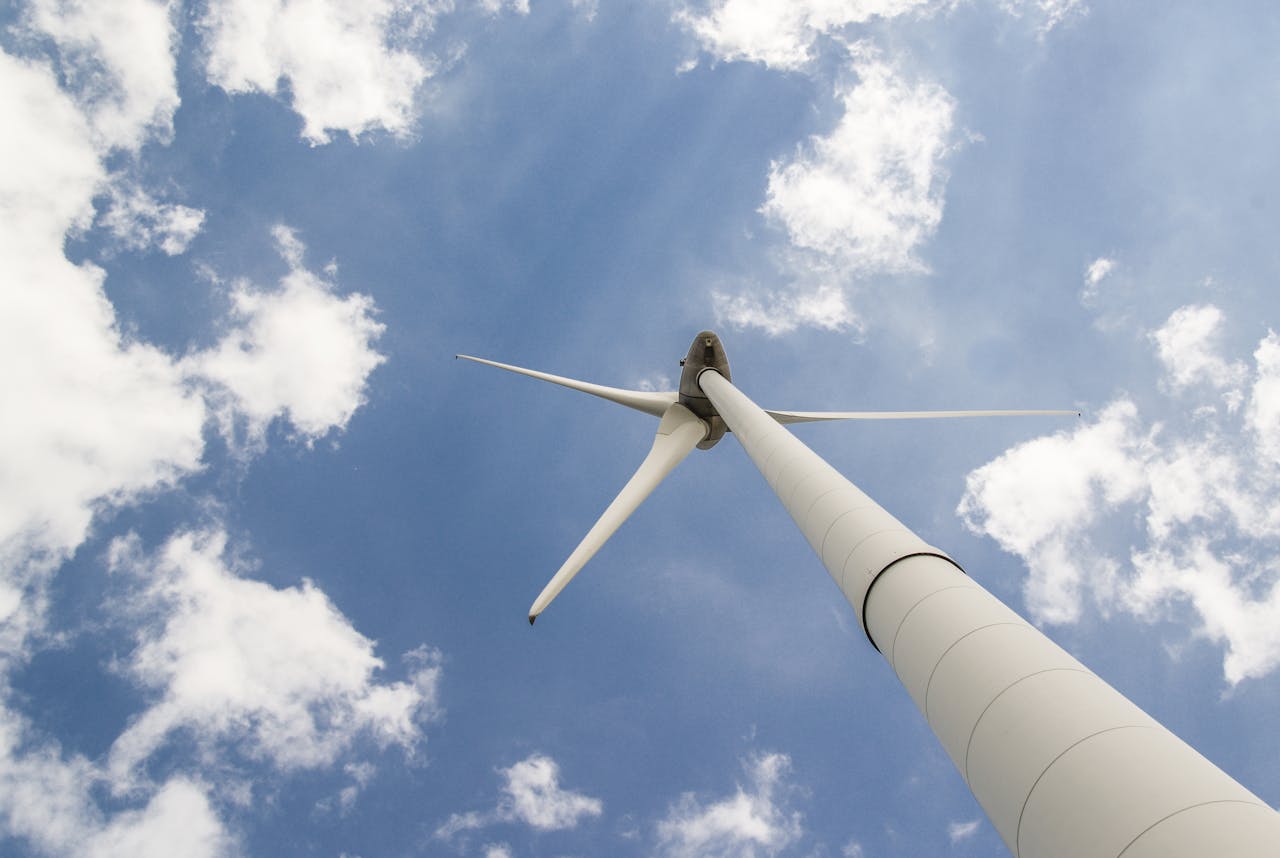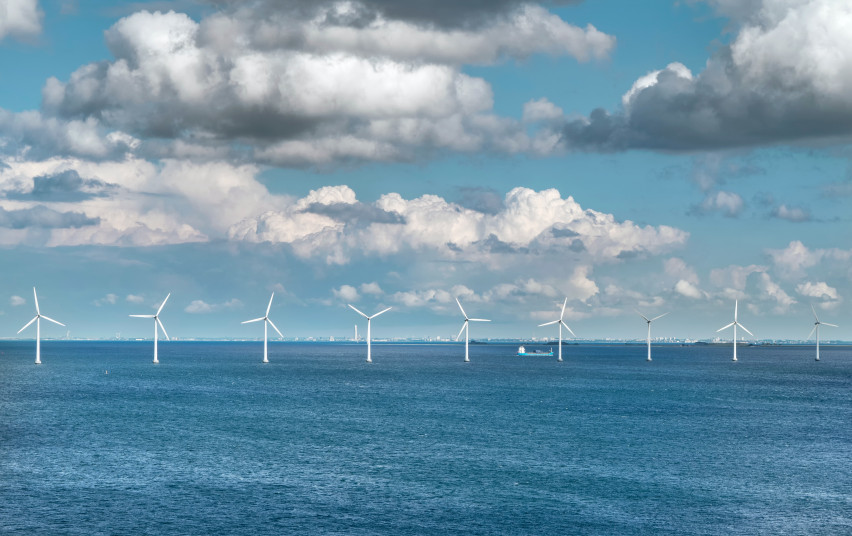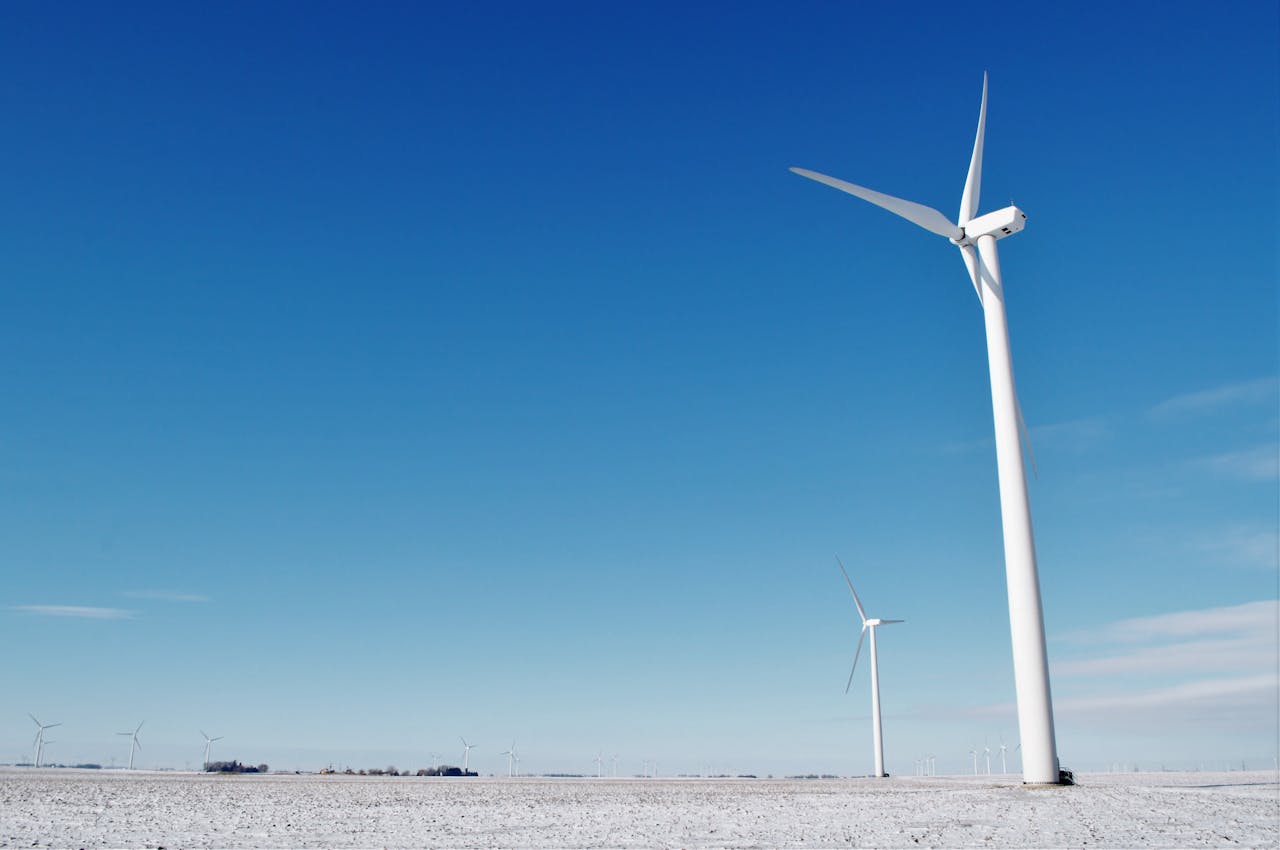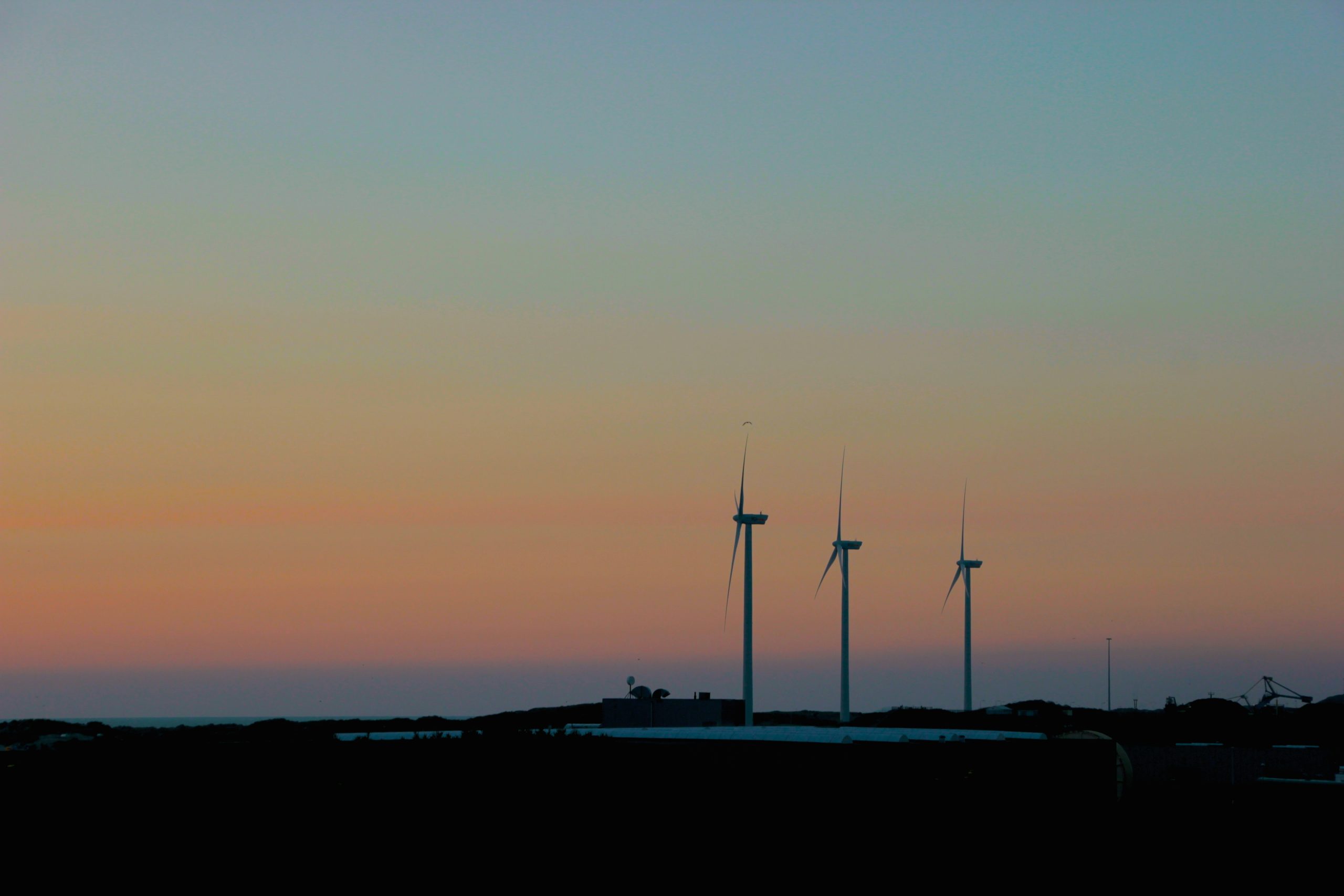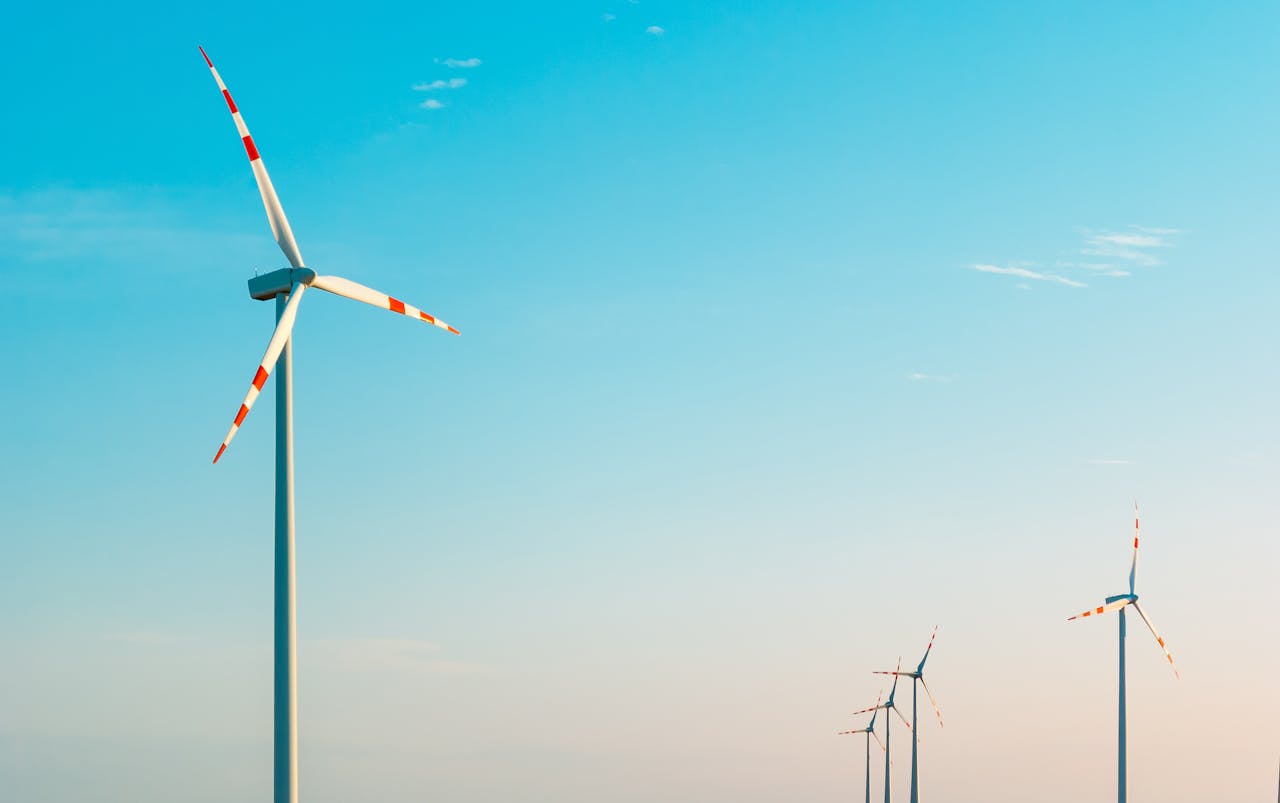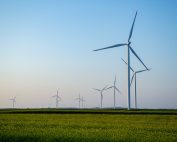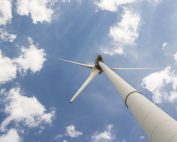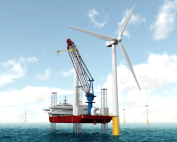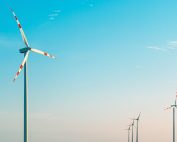In the offshore wind market in 2023. there was a marked rebound, with nearly 11 GW of new capacity coming on line, up 24 percent. more than a year earlier, according to an annual report by the Global Wind Energy Council (GWEC) organization. China maintained its leadership position.
The total installed capacity of offshore wind farms was 75.2 GW at the end of last year, of which 38 GW were in China, 3.7 GW more than in Europe as a whole. The Chinese also commissioned 6.3 of the 10.8 GW of new capacity. Europe, on the other hand, where 3.8 GW of new capacity came on line, recorded record annual growth. The total capacity of European offshore farms has exceeded 34 GW, which translates into 45 percent. global powers.
For the decade 2024-2033, GWEC forecasts more than 410 GW of new offshore capacity, so that by the end of 2033. Globally, there will be 486 GW of them. However, the growth in new capacity will not be evenly distributed over time, with only a third of the projected increase expected to fall on the 2024-2028 period, GWEC estimates. In 2033. The annual increase in capacity is expected to reach 66 GW.
GWEC points out in the report that Europe has permanently lost its leadership position in offshore wind development to the Asia-Pacific region and, above all, China. Asia has overtaken Europe in 2020. in terms of new capacity, and in 2022. surpassed her in terms of total power. The report’s authors estimate that in the next decade, 52 percent of of new offshore capacity will be built in Asia.
In contrast, the outlook for Europe in GWEC’s assessment remains stable and optimistic. Meeting climate goals and becoming independent of Russian oil and gas, Europe should surpass 10 GW of annual power growth around 2028, and the 20 GW barrier two years later.
The report, however, lowers the outlook for offshore North America. GWAC expects to build there by 2030. 15 GW of new capacity, instead of the 25 GW predicted earlier.
While Europe and China currently account for 95 percent of the total. of the world’s offshore, that share will decline to 88 percent. 2028. and up to 80 percent. 2033. – points out the report.
Source: PAP


